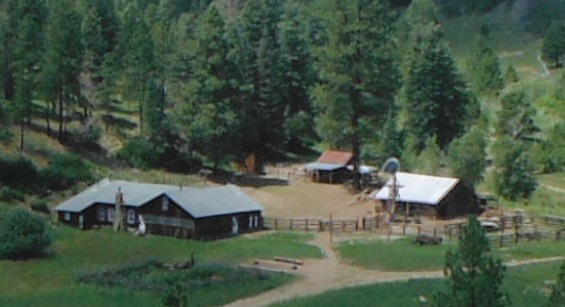Oils
Common household oils like coconut oil, olive oil, canola oil, castor oil, and palm oil are key ingredients in most homemade soaps. Essential oils and other fragrances, goat milk, ground oatmeal and cornmeal all can also be incorporated into the soaps.
Nature’s Garden, soap and candle making supplies, had an excellent chart and explanation of the importance of different ingredients:
Each soaping oil/butter has its own fatty acid composition, and these fatty acids provide finished soap with important characteristics. The following are the most common fatty acids found in soaping oils/butters along with the qualities they provide in a finished bar of soap.
Lauric Acid: Provides hardness, cleansing, and bubbly lather.
Linoleic Acid: Provides conditioning
Myristic Acid: Provides hardness, cleansing, and bubbly lather.
Oleic Acid: Provides conditioning.
Palmitic Acid: Provides hardness and a creamy lather.
Ricinoleic Acid: Provides conditioning, bubbly lather, and a creamy lather.
Stearic Acid: Provides hardness and a creamy lather.
Each soaping oil/butter has a unique saponification value (the number of milligrams of lye required to saponify 1 gram of the specified oil/butter).
In order to create a quality bar of soap, it is necessary to find a balance between hardness, cleansing, conditioning, bubbly lather, and creamy lather. This usually involves using a combination of oils/butters in your soap recipe. A typical bar soap recipe calls for 38% water content, and a 5% superfat (the percentage of oils that do not saponifiy).
Typical Bar Soap Recipe Values (on a 1-100 scale):
Bubbly lather 14 to 46
Creamy lather 16 to 48
Hardness 29 to 54
Cleansing 12 to 22
Conditioning 44 to 69


Pingback: Making Soap | Mountain man soap